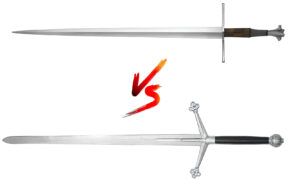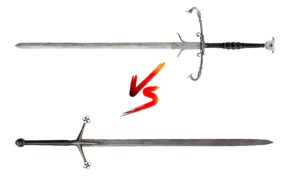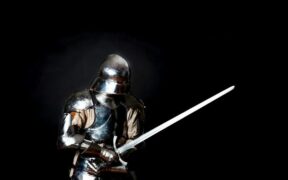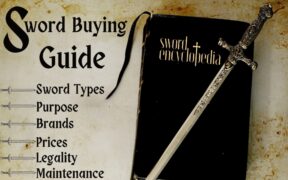Our content features commercial links to our products, committed to transparent, unbiased, and informed editorial recommendations. Learn More
Claymore Sword: A Guide to Popular Scottish Weapon
NO AI USED This Article has been written and edited by our team with no help of the AI
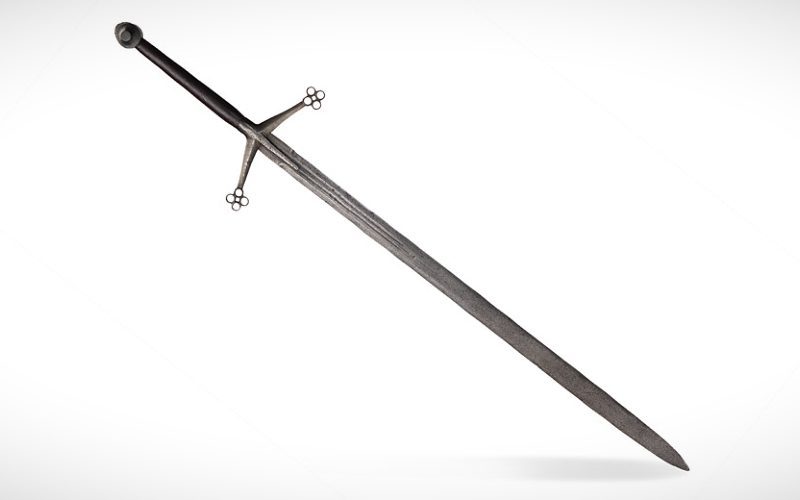
One of the deadliest swords in history, the Scottish claymore
Let’s explore the history of the Scottish two-handed
Different Types of the Claymore Sword
The Scots had three distinct types of the 16th-century two-handed sword: the Highland Claymore, the Lowland Claymore, and the Clamshell Claymore. The term claymore was later used to refer to the 18th-century Scottish basket-hilted broadsword.
1. Highland Claymore

Regarded as the true Scottish claymore, the Highland claymore was the two-handed
2. Lowland Claymore
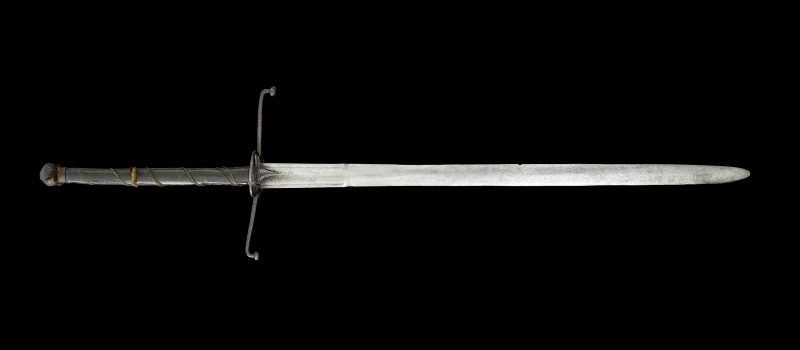
Lowland swords are the largest and heaviest among the Scottish claymore swords. Most surviving examples are over five feet in length, between 150 and 190 centimeters.
As a two-hander the Lowland
3. Clamshell Claymore

Lesser-known today, the clamshell-hilted claymore has round guards that resemble an open clam. It has similar proportions to the Highland claymore, measuring between 120 to 138 centimeters long. It features a gently sloping crossguard and knob-shaped pommel. The shell-like guards were designed for deflection as opposed to blocking.
4. Basket-Hilted Broadsword
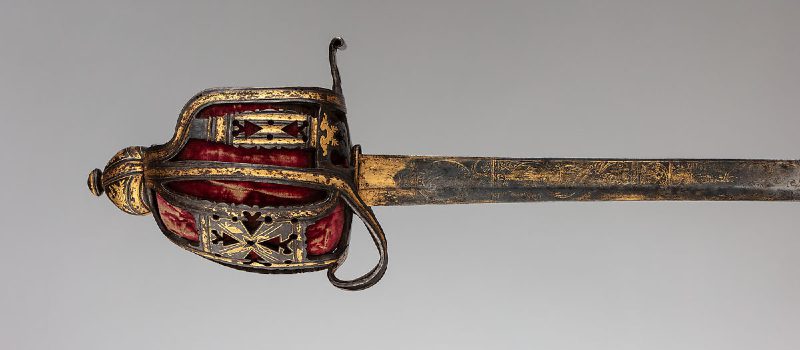
Often called the Highland or Scottish broadsword, the basket-hilted swords were not uncommon throughout Europe from the mid-16th century. It was known as a small sword, and historians debate whether it should be called a claymore. Still, it remains closely associated with the 18th-century Highland warriors.
The basket-hilted broadswords are shorter and lighter than the 16th-century claymore swords. Some examples have an overall length of about 100 centimeters and a blade length of less than 90 centimeters. Instead of the traditional crossguard, it features a basket guard designed to protect the swordsman’s hand. Some Scottish broadswords also feature intricately decorated pommel.
Characteristics of the Claymore Sword
In modern times, claymore may imply either a two-handed Highlander sword or a basket-hilted broadsword. Here are the characteristics of the Scottish
Type of Metal
The Scottish blades of the late 17th and 18th centuries were almost always imported, mainly from Passau and Solingen in Germany. Claymore swords featured high-quality German steel blades which underwent extreme forging and temper. Even though Scottish smiths and armorers had imported blades, they mounted them locally. Today, claymore replicas often feature high carbon steel blades.
Blade Appearance
The Scottish two-handed swords are long, broad, and double-edged, making them capable of delivering much heavier blows. The
Size and Length
An average Highland claymore may have a total length of about 140 centimeters and a blade length of around 107 centimeters. As a two-handed
Sword Mounting
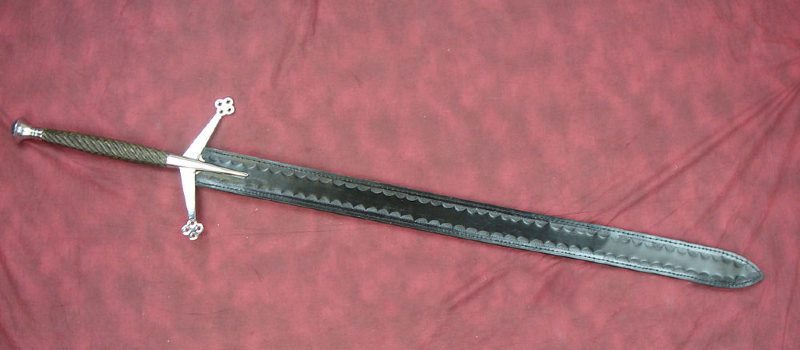
The Highland claymore features its iconic crossguard with forward-angled arms ending in quatrefoils. It traditionally had a wooden handle and wheel-shaped pommel, though modern replicas use non-traditional materials. Most pictorial depictions of claymore swords have plain, black scabbards.

On the other hand, the Scottish broadsword boasts its basket-hilt and chrome-plated scabbards. It also features a pommel on the base of the basket and a leather-wrapped handle.
Facts About the Scottish Claymore Swords
The term claymore became a generic name for different types of Scottish swords—the older two-handed types and the basket-hilted broadsword. Historians and
The name claymore means a great
The term claymore derives from the Scottish Gaelic claidheamh mòr, which translates as great
The basket-hilted broadsword was originally called a small
In Scottish Gaelic, the broadsword was called claidheamh beag or claybeg, which means small
Smiths converted many old-style claymore blades to basket-hilted swords.
By the 18th century, two-handed swords became impractical to use. Some believe that the adoption of the name claymore to the Scottish broadswords occurred because many old
The basket-hilted broadsword may not be of Scottish origin.
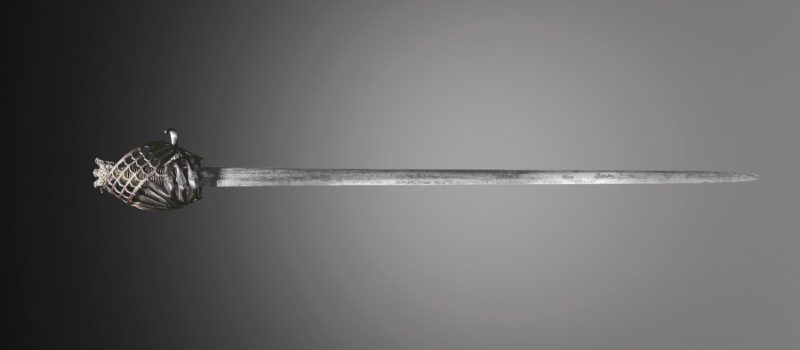
Some historians believe that the Scottish broadsword was derived from the Venetian schiavona, which features a complex barred guard. However, there were basket-hilted swords commonly known in the Scottish Highlands during the late 16th century. It may imply that the basket hilts in various styles originated not only in Venice but also in Scotland, England, and Germany.
The Highlands and Lowlands smiths probably manufactured the earlier Highland basket-hilt.
The first Scottish basket-hilts were referred to as Highland basket-hilts. One example appears in the portrait of Michael Wright, a Highland chieftain during the 17th century. Referred to as the beak nose or ribbon hilt, it featured flat strips of steel welded together but lacked other features of the later basket hilt swords.
Scotland imported German steel for their
Claymore blades came from the blade-making centers in Germany, particularly in Passau and Solingen. The Scottish smiths were not able to produce
History of the Scottish Claymore Sword
In the 16th century, clan feuds were not uncommon throughout Scotland, making claymore swords the preferred weapons for personal defense and warfare.
Evolution of the Two-Handed Claymore
The Scottish two-handed
Regional Variations of the Claymore Swords
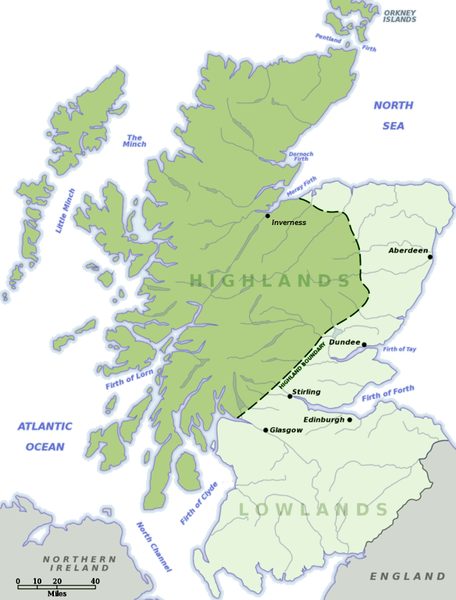
Scotland has three culturally different geographic regions: the Lowlands, the East or Central Highlands, and the West Highlands. These regions influenced the development and use of the two-handed claymore swords.
In the Lowlands
The capital cities of Scotland—Stirling and Edinburgh—were in the Lowlands. It meant that the king, his nobles, and the national military organization were also in the region. The Lowland claymore served as the weapon of high-status men that represented royal authority.
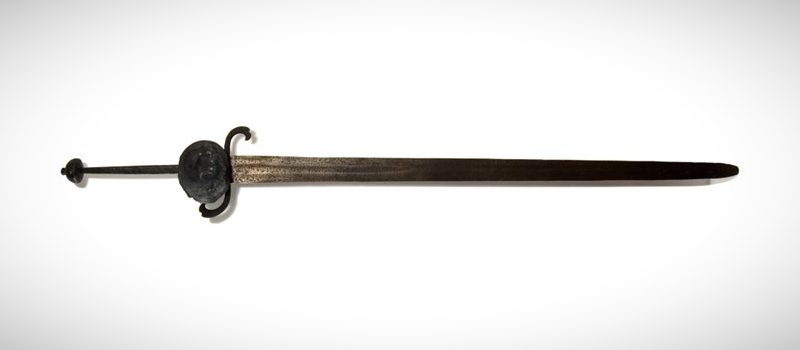
Another Lowland
In the East Highlands
The region was somewhat feudal, so the society was organized on a clan basis. Most of the clans had Gaelic and Anglo-Norman origins. People of the East Highlands interacted with the northern Lowland people, so they also used the Clamshell claymore in the region.
In the West Highlands
Divided by natural barriers, the West Highlanders did not mix with the East Highlanders. Some parts of the region had been a sub-kingdom of Norway, so several clans had Norse origins. Hence, the West Highlands was also a post-Viking era sea-based culture. The Scots even used Scandinavian-influenced swords. Eventually, the West Highland claymore emerged in the region and served as an all-around weapon.
Evolution of the Basket-Hilted Broadsword
At the beginning of the 17th century, the two-handed European swords began to decline due to the changing battle tactics of the armies. When warriors abandoned their armors and gauntlet, the basket-hilted broadswords provided protection. However, basket-hilts were not just manufactured in Scotland, as smiths in England and Germany also made them.
Eventually, the Scottish armory also included a unique range of arms like pistols and long guns. Hence, the claymore swords as a fighting weapon had largely disappeared, though their use in ceremonies continued.
The Claymore Sword in Pop Culture
In modern times, the Scottish claymore
Conclusion
The Scots used the two-handed claymore swords during the clan warfare between 1400 and 1700. Today, the most commonly known claymore is the 18th-century basket-hilted type broadsword. There remains a debate about which type should be rightly called a claymore, but both of them are significant to Scotland’s military history.
